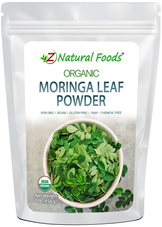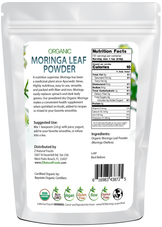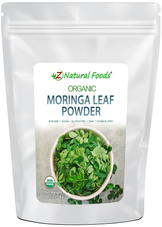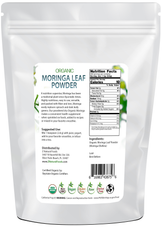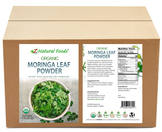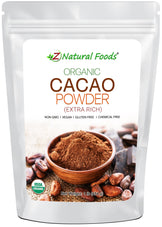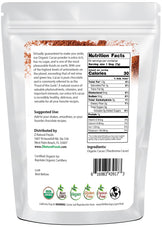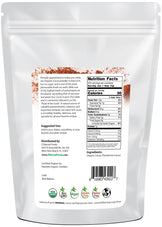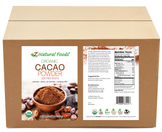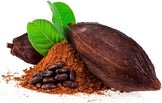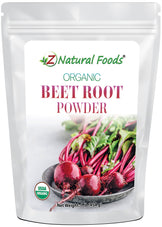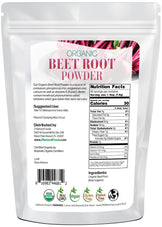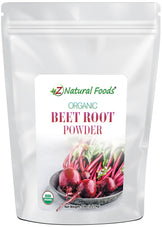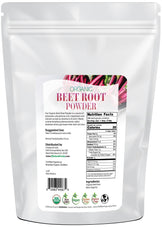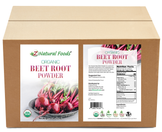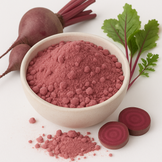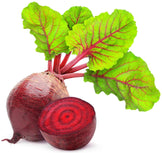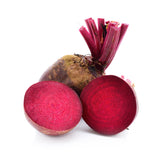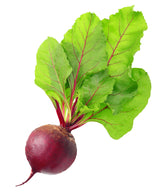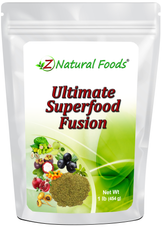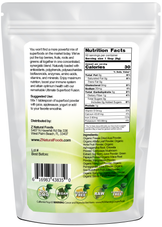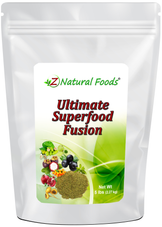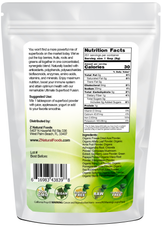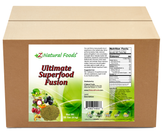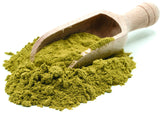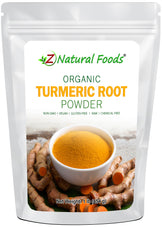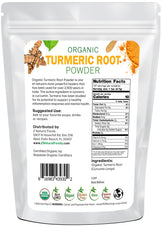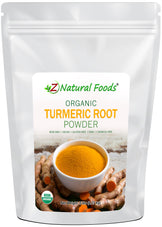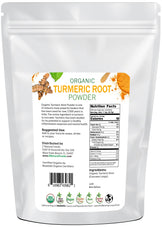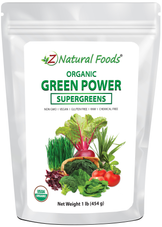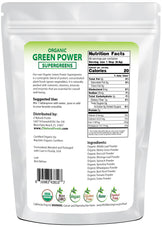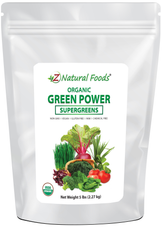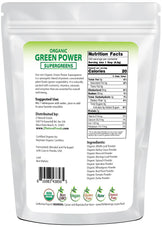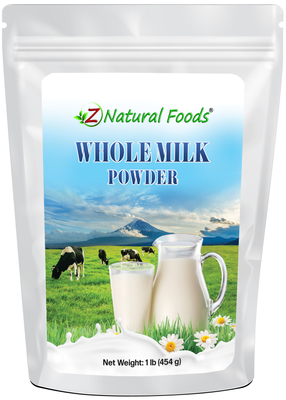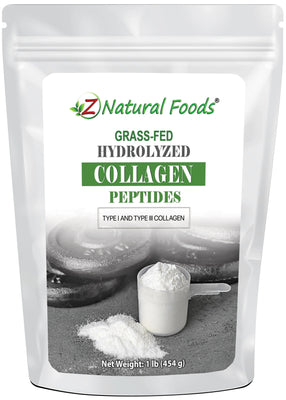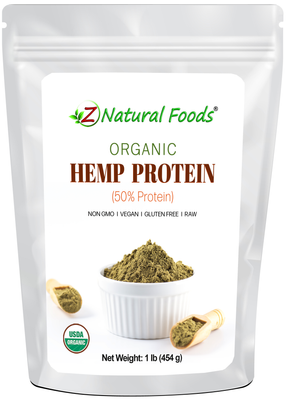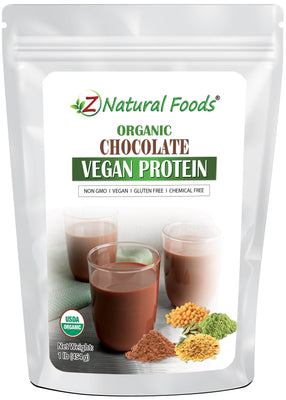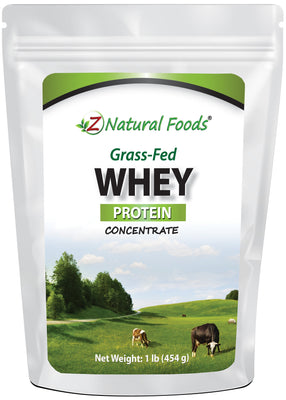Hey everyone, Mike Stuchiner, Master Herbalist here with Z Natural Foods. Today's video is going to be about the topic of bone broth, specifically chicken bone broth. And towards the end, I'll also talk about understanding collagen and the three primary types of collagen in terms of food sources. But before we get started, two quick things. First, for more information about me, go to my YouTube channel, 'A Master Herbalist's Perspective,' for more great herbal information—next, the medical disclaimer. The information you're about to hear is for educational purposes only and is not intended to treat, prescribe, or diagnose any specific or general medical conditions. It is not a substitute for your primary healthcare provider's diagnosis, treatment plan, or medical information. With that said, let's get started.
So, chicken bone broth. At Z Natural Foods, we sell various versions of chicken bone broth powder. When we think back to our childhood, there are always fond memories of our mom caring for us when we get sick. And most people remember one exceptional food during those times. Now, I want you to close your eyes. Go on, close them, take a deep breath through your nose, and I have a question for you. Do you smell it? Yes, I'm speaking about one of the most nourishing foods on Mother Earth, what we like to call the original penicillin, otherwise known as mom's chicken bone broth soup. Because we at Z Natural Foods know how vital those fond memories are to our customers, we have created and added another amazingly delicious, easy-to-use, versatile product to our functional food line. It's the Z Natural Foods chicken bone broth. Our product is made from perfectly selected chicken bones, slow-cooked to perfection, and spray-dried to create the perfect, most nourishing bone broth powder that's delicious and allows you to have those fond memories with every single cupful.
So, what exactly is bone broth? Bone broth is a nourishing and healing food made from a combination of bones like the femur and scapula, which are rich in gelatin, and parts that are rich in gelatin, like feet and knuckles. While not all great sources of quantitative amounts of protein, it's a quality source of complete protein and amino acids used explicitly for potentially restoring well-being. Bone broth is one of the most traditional foods in every culture, used as a tool for nourishing and healing what ails you. And some traditionalists believed it could be one of the most nourishing foods on Earth. Bones, marrow, and connective tissue not only contain all the necessary materials needed to keep the structural foundation of our body healthy but also a litany of amino acids.
Bone broth is one of the best natural sources of collagen, a protein found in animal bones, skin, cartilage, ligaments, tendons, and marrow. Collagen is a complex protein composed of 19 essential and nonessential amino acids, composed of what is known as three-helix wound chains. Each chain is 1400 amino acids long. Gelatin is the result of when protein collagen is cooked and broken down. It has a unique amino acid profile, high in hydroxyproline and proline (which make up about 15% of collagen), and glycine (which makes up 1/3 of collagen protein), which are specific building blocks for collagen that may provide foundational support for healthy joints, skin, hair, and nails. Glutamate, which is derived from the precursor glutamine, is found in quantitative amounts in bone broth and is part of the reason bone broth is believed to support gut health.
Bones, marrow, and connective tissue yield a broad spectrum of essential amino acids, vitamins, and minerals when sourced adequately and appropriately prepared. Bones contain calcium, phosphorus, magnesium, and potassium. The connective tissue material found in knuckles and feet is rich in building blocks for joint health, like glucosamine and chondroitin. Unlike taking compounds in supplement form, this is a direct usable source. Bone marrow, which is the spongy, dense tissue that fills inside the bone, is a quantitative source of vitamins A, B2, and B12, essential fatty acids, calcium, iron, selenium, and zinc. But beyond those tremendous components, bone marrow also contains unique cofactors and may support deep nourishment beyond the basics. Bone marrow produces both red and white blood cells and platelets. Lymphocytes are also made in the marrow, which supports specific immune system responses. All of these intrinsic compounds are directly found in bone broth.
Tradition over research. Bone broth has a very long and healthy tradition in a wide variety of cultures, with family recipes passed down from generation to generation. While each family has little secret ingredients they put into the recipe, the base for all bone broths is very similar. The animal bones used in each recipe, whether beef, chicken, fish, or pork, will depend on the culture and tradition. Chances are, when your parents and grandparents made these nourishing broths, they didn't understand why it was essential to use the parts and greens being used. All they knew was the recipe passed down was powerful and effective, so they continued with the tradition.
Well, unfortunately, most articles about bone broth don't represent the research very well. It is not uncommon to read articles that reference studies discussing some of the wonderfully powerful compounds in bone broth, such as glycine and proline, which are two powerful amino acids. But these studies were done on those amino acids as isolated entities in much higher amounts than you would find in bone broth, yielding those very specific results. But don't despair. While there isn't much quantitative research specifically about bone broth, plenty of good quality research backs up the raw materials known that you derive from bone broth, which are collagen and gelatin.
For example, in a double-blind, placebo-controlled randomized clinical trial on the effectiveness of collagen peptides on knee osteoarthritis specific to movement, there was a significant reduction from baseline to visit seven in the primary endpoints known as Womack and VAs scores and the secondary endpoint of QL scores in subjects with knee osteoarthritis. In the placebo group, the endpoint indicators remained unaltered. Furthermore, all the score levels of WOMAC, FAST, and QL decreased significantly. Therefore, the study concluded that collagen peptides are potentially therapeutic agents as nutritional supplements for managing osteoarthritis and maintaining joint health.
In another study of 200 men and women over 50 years old, evaluating the effects of collagen on articular pain at six months, the proportion of clinical responders to the treatment according to VAS scores was significantly higher in the collagen group (51.6%) compared to the placebo group (36.5%). However, there was no significant difference between the groups at three months, and there was no significant difference in terms of security and tolerability observed between the two groups. This study concluded that collagen peptides at 1200 milligrams per day could increase the number of clinical responders compared to a placebo.
Finally, a 24-week study evaluated the effects of hydrolyzed collagen in athletes with activity-related joint pain. Six parameters were assessed: joint pain at rest, joint pain when walking, joint pain when standing, joint pain at rest assessed by a physician, joint pain when carrying objects, and joint pain when lifting. Data from all subjects showed statistically significant changes in these six parameters with the group that supplemented dietary collagen compared to the placebo.
Now, at the beginning of this video, I mentioned that various sources of foods can be used for bone broth: fish, beef, and chicken. So now, I'll provide a brief review of the differences between these different sources of collagen.
Beef bone primarily consists of type one and type three collagen. Chicken bone is primarily made up of type two collagen. Marine sources of collagen are primarily made up of type one collagen. Chicken collagen, primarily made up of type two collagen, is found in elastic cartilage and gives cartilage strength, elasticity, and joint support. It also supports the binding process with the help of a glycoprotein that plays an essential role in tissue repair. This type of collagen is often derived from chicken sternum cartilage. In simple terms, type two collagen is a peptide and a component of joint collagen, which can be found either as hydrolyzed or undenatured.
Beef collagen, a good portion of the market's hydrolyzed peptide collagen products, comes from beef bones and is a quality source of type one and type three collagen. Type one collagen makes up 90% of your body's collagen and provides structural support for your skin, bones, joints, tendons, and ligaments. Type three collagen is a significant extracellular matrix component found in muscles, arteries, blood vessels, and organs, especially in tissues with large portions of elastic fiber. Type three collagen also interacts with platelets in the blood clotting cascade and is an essential signaling molecule in wound healing.
Marine collagen is a form of collagen sourced from the bones, skins, fins, and scales of fresh and saltwater fish, jellyfish, sponges, sea urchins, octopus, squid, and prawn. Marine collagen is primarily made up of type one collagen. According to the Journal of Applied Pharmaceutical Science, marine collagen has advantages over land animal sources. It has a high collagen content, is environmentally friendly, has a lower body temperature than land animals, aids in greater absorption due to low molecular weight, and is less significant regarding religious and ethical constraints. The presence of biological contaminants and toxins is almost negligible, and it has a low inflammatory response, is less immunogenic, and seems more metabolically compatible with humans.
I hope this was a very helpful video for you to understand a little bit about all the special constituents found in bone broth. And at the end, I talked about understanding the different kinds of source collagens. So, guys, I hope you enjoyed this video. This is Mike Stuchiner, Master Herbalist with Z Natural Foods, signing out. See you next time.

















